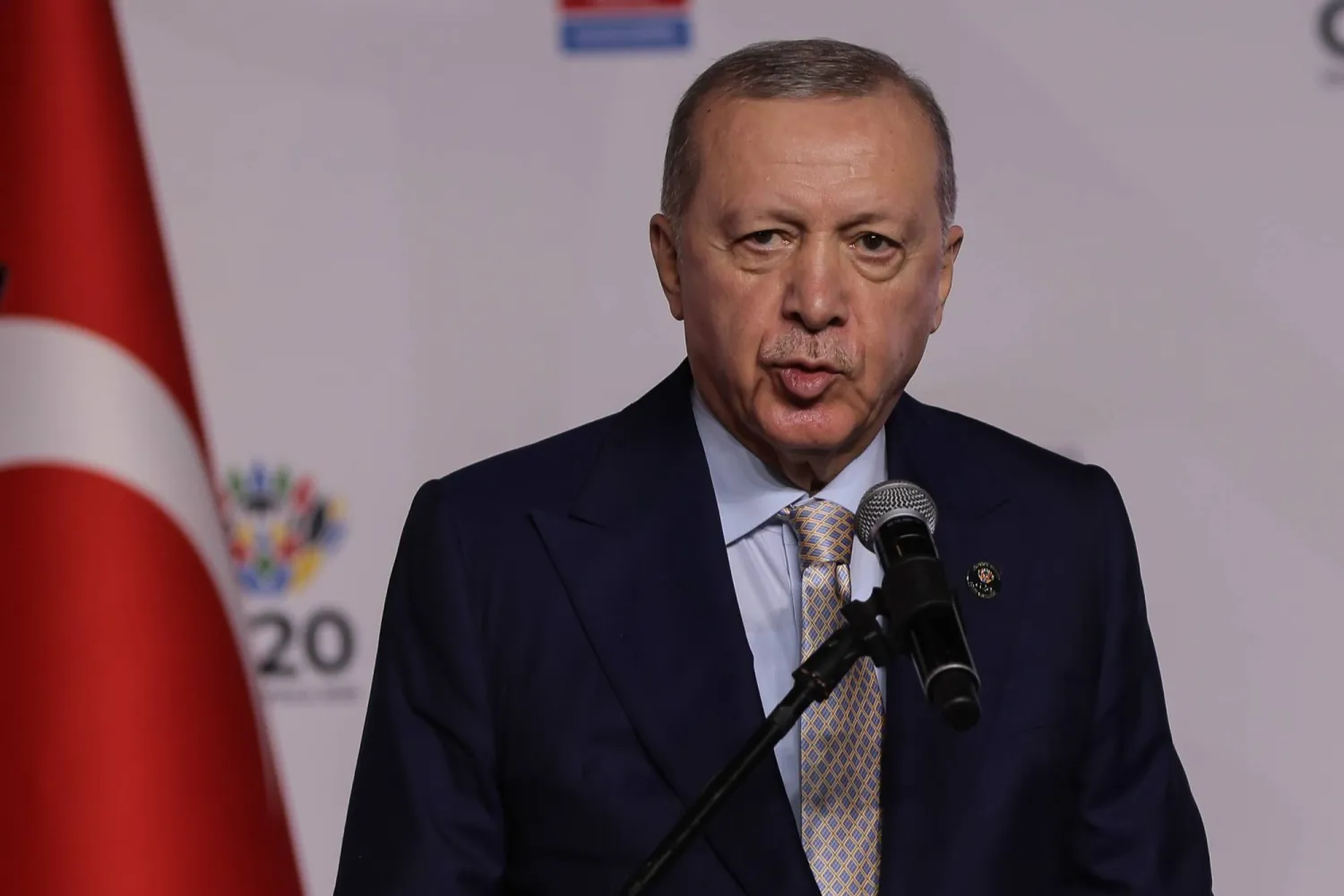Pentagon is considering expanding the Combined Joint Task Force – Inherent Resolve Operation (CJTF-OIR), established in 2014 against ISIS after the terrorist organization emerged in Syria and Iraq, according to Pentagon sources.
The decision came after ISIS increased its activities outside Syria and Iraq, following its downfall, and after it established ISIS’ states in India and Pakistan.
At a ceremony at the Fort Hood military base in Texas last week, General Mark Milley, the 39th Chief of Staff of the Army, said: “Readiness is number one, and there is no other number one. We must ensure the Army remains ready as the world's premier combat force.”
In his speech, he added that ISIS’ strategy is to expand around the world after its fall in Iraq and Syria, and it will be faced with “a firm and effective US strategy.” He also referred to terrorist activities carried out by ISIS in South Asia, Pakistan and Afghanistan.
Washington's Defense Post, which focuses on Pentagon news, reported that CJTF-OIR consisted of 4,400 troops in Iraq, 2,500 troops in Kuwait, 7,000 military and civilian contractors, three aircraft carriers and military vessels.
Since its establishment in 2014, about 100 Americans were killed in the Operation, including 74 soldiers and 18 civilians, including those who have been executed by ISIS.
Earlier this year, the Program on Extremism at George Washington University issued a report on ISIS activities and US military operations against them. The report said these operations had no name when they began in 2014 and until 2016.
That same year, the Pentagon conducted another similar operation in Libya, called the Odyssey Lightning, which liberated Sirte of terrorists and chased some of them in the area.
At the time, according to the Defense Post, military officials and experts criticized the absence of a specific name for all military operations against ISIS. The Pentagon then announced the establishment of the CJTF-OIR.
The US Central Command (CENTCOM) explained that the name Inherent Resolve is intended to reflect the unwavering resolve and deep commitment of the US and partner nations in the region and around the globe to eliminate ISIS and the threat it poses to Iraq, Syria, the region and the wider international community.
“It also symbolizes the willingness and dedication of coalition members to work closely with our friends in the region and apply all available dimensions of national power necessary – diplomatic, informational, military, and economic – to degrade and ultimately destroy ISIS.”
Last week, Reuters reported that after losing territory, ISIS fighters were turning to guerrilla war – and the group’s newspaper, al-Naba, is telling them exactly how to do it.
In recent weeks, the Naba online newspaper encouraged followers to adopt guerrilla tactics and published detailed instructions on how to carry out hit-and-run operations.
The group is using such tactics in places where it aims to expand beyond Iraq and Syria, according to Reuters. While ISIS has tried this approach before, the guidelines make clear the group is adopting it as standard operating procedure.
The group has been forced to return to its roots: a style of fighting that avoids direct confrontation, weakening the enemy by attrition and winning popular support.
This attempt to revive ISIS has so far been successful, with many global attacks in recent weeks, including in places never before targeted by the group, analysts told Reuters.









